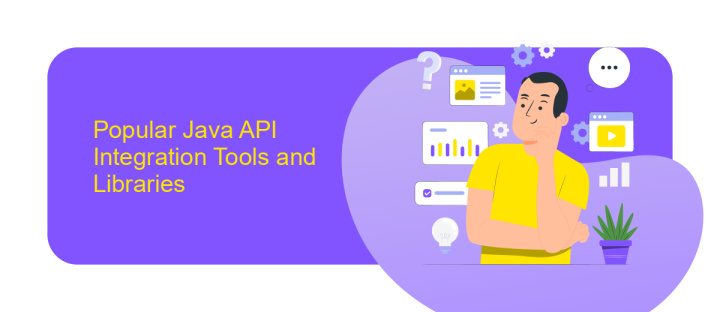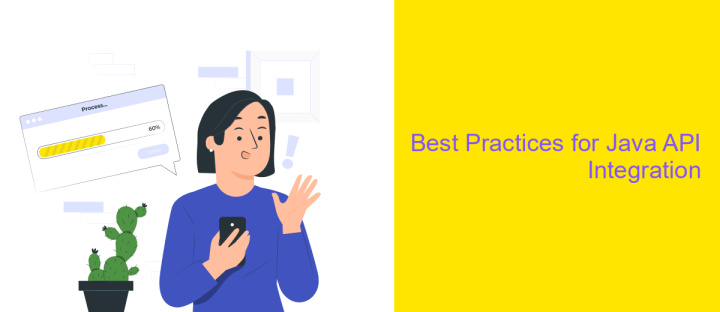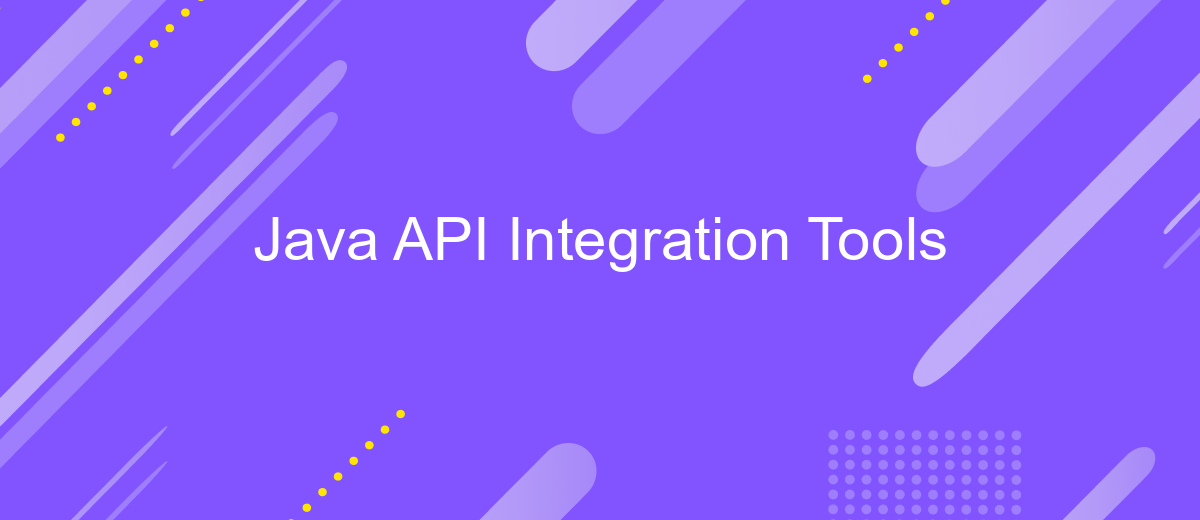Java API Integration Tools
In today's fast-paced digital landscape, effective Java API integration tools are crucial for seamless communication between diverse software applications. These tools simplify the process of connecting Java-based systems with external services, enhancing functionality and efficiency. By leveraging robust integration solutions, developers can streamline workflows, reduce development time, and ensure reliable data exchange. This article explores the top Java API integration tools and their benefits in modern software development.
Introduction to Java API Integration
Java API integration is a crucial aspect of modern software development, enabling seamless communication between different software systems and services. By leveraging APIs, developers can enhance the functionality of their applications, access external services, and streamline processes. Java, being a versatile and widely-used programming language, offers a robust ecosystem for API integration, ensuring that applications can interact effectively with other systems, whether they are web-based services, cloud platforms, or internal enterprise systems.
- Facilitates communication between disparate systems.
- Enhances application functionality through external services.
- Streamlines processes and improves efficiency.
- Supports integration with web, cloud, and enterprise platforms.
Understanding Java API integration is essential for developers aiming to build scalable, flexible, and interoperable software solutions. By integrating APIs, developers can harness the power of third-party services, reduce development time, and focus on creating innovative features. As technology continues to evolve, mastering API integration will remain a valuable skill, ensuring that applications can adapt and thrive in an increasingly interconnected digital landscape.
Popular Java API Integration Tools and Libraries

Java offers a variety of tools and libraries that simplify API integration, making it easier for developers to connect different software applications. One popular library is Retrofit, a type-safe HTTP client for Android and Java, which allows developers to define and manage RESTful APIs efficiently. It simplifies the process of sending network requests and handling responses, making it a favorite among developers for its ease of use and flexibility. Another widely used tool is Apache Camel, an integration framework that provides a rule-based routing and mediation engine. It is well-suited for integrating various systems through a wide range of protocols and technologies.
For those looking to automate and streamline their API integrations without extensive coding, services like ApiX-Drive can be invaluable. ApiX-Drive allows users to connect different applications and services with minimal effort, offering a user-friendly interface and pre-configured templates to facilitate seamless integrations. This tool is particularly beneficial for businesses seeking to enhance productivity and reduce manual data handling. By leveraging these tools and libraries, developers can create robust Java applications that communicate effectively with other systems.
Choosing the Right Tool for Your Needs

When selecting a Java API integration tool, it is crucial to consider your specific project requirements and constraints. The right tool can significantly enhance productivity and streamline development processes. Begin by assessing the complexity of the APIs you intend to integrate, as well as the technical expertise of your team. Additionally, consider factors such as scalability, support, and cost.
- Identify your project's specific needs and constraints, including budget and timeline.
- Evaluate the complexity and compatibility of the APIs with your existing systems.
- Consider the learning curve and the level of support available for the tool.
- Assess the tool's scalability and performance capabilities to ensure it meets future demands.
- Review community feedback and case studies to gauge the tool's reliability and effectiveness.
By carefully analyzing these factors, you can make an informed decision that aligns with your project's goals and resources. The right Java API integration tool not only simplifies development but also enhances the overall quality and maintainability of your software solutions. Taking the time to choose wisely will pay off in the long run, ensuring seamless integration and robust application performance.
Best Practices for Java API Integration

Integrating APIs in Java can significantly enhance your application's functionality, but it's crucial to follow best practices to ensure seamless integration. Start by thoroughly understanding the API documentation. This will help you to know the capabilities, limitations, and expected outcomes of the API you are working with.
Next, focus on error handling. APIs can fail due to network issues, server downtime, or incorrect usage, so implementing robust error handling mechanisms is essential. This ensures your application can handle unexpected situations gracefully and maintain a good user experience.
- Use versioning to maintain compatibility with API updates.
- Implement security measures like OAuth for authentication.
- Optimize performance by minimizing API calls and using caching.
- Log requests and responses for debugging and monitoring.
Finally, always test your API integrations thoroughly. Use tools like Postman or JUnit to simulate various scenarios and ensure your application responds appropriately. By adhering to these best practices, you can create reliable and efficient Java applications that leverage the power of external APIs.


Real-world Examples and Case Studies
In the dynamic world of software development, integrating various systems and services is crucial for streamlined operations. A notable example is a logistics company that leveraged Java API integration tools to connect their internal software with third-party shipping services. By doing so, they automated the process of tracking shipments and updating delivery statuses in real-time, significantly reducing manual errors and enhancing customer satisfaction. This integration not only improved operational efficiency but also provided valuable insights through data analytics, enabling better decision-making.
Another compelling case is a retail business that utilized the ApiX-Drive service to seamlessly integrate their online store with multiple payment gateways and CRM systems. By employing Java API integration tools, they managed to synchronize customer data, order details, and payment information across platforms. This integration facilitated a cohesive workflow, allowing the business to offer personalized customer experiences and efficient service delivery. The flexibility and scalability of Java APIs empowered the company to adapt quickly to market changes and expand their digital ecosystem effortlessly.
FAQ
What are Java API integration tools used for?
How can I automate API integration in Java?
What is the role of middleware in Java API integration?
Can Java API integration tools handle data transformation?
What should I consider when choosing a Java API integration tool?
Strive to take your business to the next level, achieve your goals faster and more efficiently? Apix-Drive is your reliable assistant for these tasks. An online service and application connector will help you automate key business processes and get rid of the routine. You and your employees will free up time for important core tasks. Try Apix-Drive features for free to see the effectiveness of the online connector for yourself.

